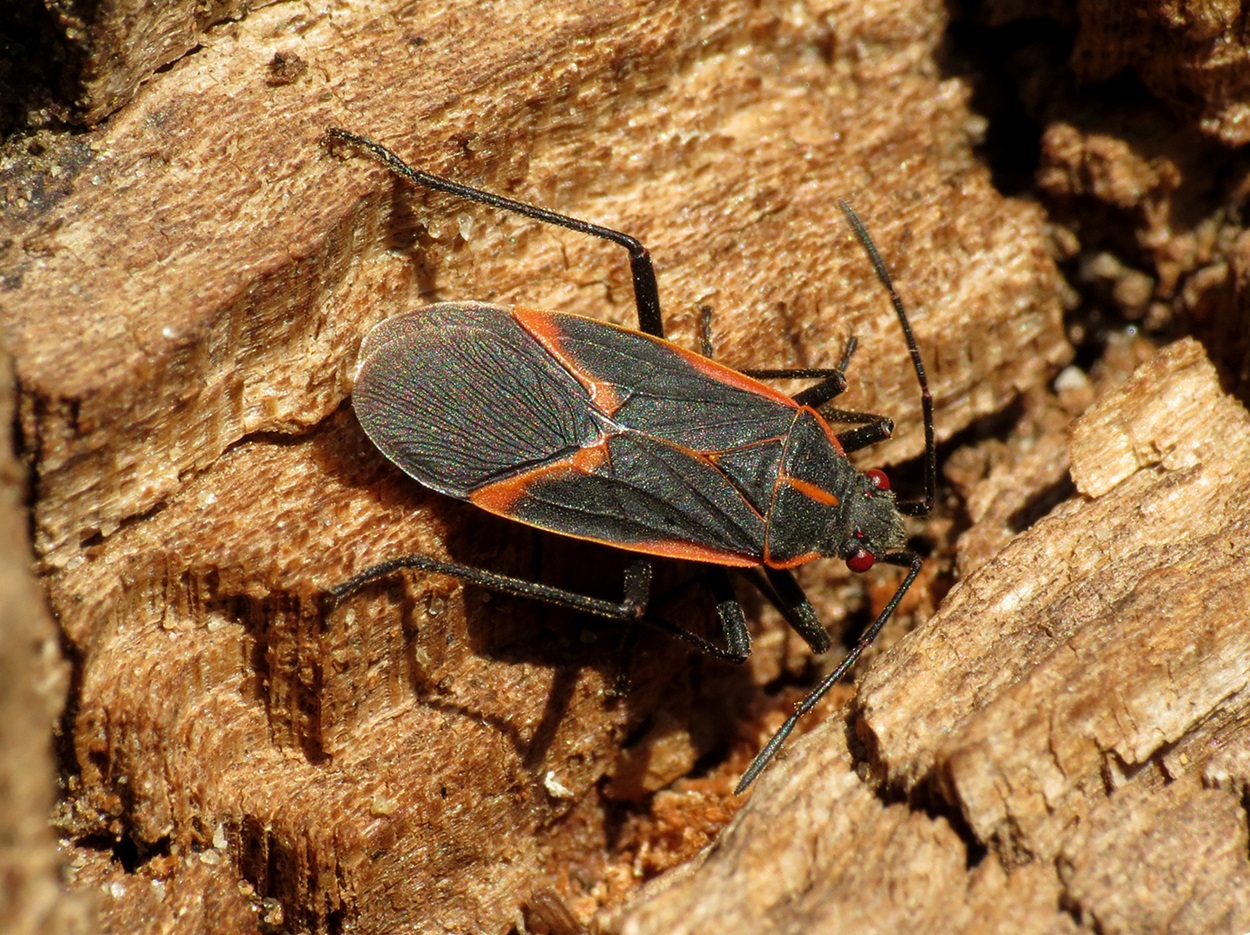Browse "Things"
-
Article
Early-Childhood Education
Early-childhood education embraces a variety of group care and education programs for young children and parents.
"https://development.thecanadianencyclopedia.ca/images/tce_placeholder.jpg?v=e9dca980c9bdb3aa11e832e7ea94f5d9" // resources/views/front/categories/view.blade.php
https://development.thecanadianencyclopedia.ca/images/tce_placeholder.jpg?v=e9dca980c9bdb3aa11e832e7ea94f5d9
-
Article
Early French Measurement
Early French Measurement French Unit English Equivalent Metric Equivalent pied 1.066 feet .325 m toise (6 pieds) 6.40 feet 1.95 m perche (3 toises) 19.18 feet 5.85 m arpent (10 perches) 191.8 feet 58.5 m lieue (84 arpents) 3.05 miles 4.91 km For more information see the article weights & measures.
"https://development.thecanadianencyclopedia.ca/images/tce_placeholder.jpg?v=e9dca980c9bdb3aa11e832e7ea94f5d9" // resources/views/front/categories/view.blade.php
https://development.thecanadianencyclopedia.ca/images/tce_placeholder.jpg?v=e9dca980c9bdb3aa11e832e7ea94f5d9
-
Article
Early-Warning Radar
Air-defence radar stations were first established in Canada along the Atlantic and Pacific coasts in 1942, but were dismantled following the defeat of Germany and Japan in 1945.
"https://development.thecanadianencyclopedia.ca/images/tce_placeholder.jpg?v=e9dca980c9bdb3aa11e832e7ea94f5d9" // resources/views/front/categories/view.blade.php
https://development.thecanadianencyclopedia.ca/images/tce_placeholder.jpg?v=e9dca980c9bdb3aa11e832e7ea94f5d9
-
Article
Early Women’s Movements in Canada: 1867–1960
Women’s movements (or, feminist movements) of the 19th and early-20th century — often referred to as first-wave feminism — included campaigns in support of temperance, women’s suffrage, pacifism, as well as labour and health rights.
"https://d2ttikhf7xbzbs.cloudfront.net/media/media/569d6d96-ffeb-485f-aa88-98b968b29e2a.jpg" // resources/views/front/categories/view.blade.php
https://d2ttikhf7xbzbs.cloudfront.net/media/media/569d6d96-ffeb-485f-aa88-98b968b29e2a.jpg
-
Article
Earthquake
An earthquake is a vibratory motion generated from the movement of rock along a fault line beneath the Earth’s surface.
"https://development.thecanadianencyclopedia.ca/images/tce_placeholder.jpg?v=e9dca980c9bdb3aa11e832e7ea94f5d9" // resources/views/front/categories/view.blade.php
https://development.thecanadianencyclopedia.ca/images/tce_placeholder.jpg?v=e9dca980c9bdb3aa11e832e7ea94f5d9
-
Article
Earthworm
Earthworm, is a segmented worm of phylum Annelida, class Oligochaeta. The class comprises some 14 families, including Lumbricidae, to which the common earthworm (Lumbricus terrestris) belongs.
"https://d2ttikhf7xbzbs.cloudfront.net/media/media/20bc6dfb-ca6b-4940-a009-b7f9d763dac1.jpg" // resources/views/front/categories/view.blade.php
https://d2ttikhf7xbzbs.cloudfront.net/media/media/20bc6dfb-ca6b-4940-a009-b7f9d763dac1.jpg
-
Article
East India Company
The East India Company was the trading company chartered in 1600 by Elizabeth I of England with a monopoly over the Eastern Hemisphere.
"https://development.thecanadianencyclopedia.ca/images/tce_placeholder.jpg?v=e9dca980c9bdb3aa11e832e7ea94f5d9" // resources/views/front/categories/view.blade.php
https://development.thecanadianencyclopedia.ca/images/tce_placeholder.jpg?v=e9dca980c9bdb3aa11e832e7ea94f5d9
-
Macleans
East Timor Reprisal
First came the assurances.This article was originally published in Maclean's Magazine on September 20, 1999
"https://development.thecanadianencyclopedia.ca/images/tce_placeholder.jpg?v=e9dca980c9bdb3aa11e832e7ea94f5d9" // resources/views/front/categories/view.blade.php
https://development.thecanadianencyclopedia.ca/images/tce_placeholder.jpg?v=e9dca980c9bdb3aa11e832e7ea94f5d9
-
Macleans
East Timor Votes for Independence
After nearly a quarter of a century, the people of tiny, impoverished East Timor finally had the chance to say what future they wanted - independence, or staying a part of Indonesia. As a phenomenal 98.This article was originally published in Maclean's Magazine on September 13, 1999
"https://development.thecanadianencyclopedia.ca/images/tce_placeholder.jpg?v=e9dca980c9bdb3aa11e832e7ea94f5d9" // resources/views/front/categories/view.blade.php
https://development.thecanadianencyclopedia.ca/images/tce_placeholder.jpg?v=e9dca980c9bdb3aa11e832e7ea94f5d9
-
Article
Easter, Lent, the Passion
Easter, Lent, the Passion. The term 'Easter music' is used to describe all music specific to the season beginning with Ash Wednesday, through Holy Week and ending with the Ascension.
"https://development.thecanadianencyclopedia.ca/images/tce_placeholder.jpg?v=e9dca980c9bdb3aa11e832e7ea94f5d9" // resources/views/front/categories/view.blade.php
https://development.thecanadianencyclopedia.ca/images/tce_placeholder.jpg?v=e9dca980c9bdb3aa11e832e7ea94f5d9
-
Article
Eastern Arctic Patrol
In the 1920s, the Canadian government attempted to assert its sovereignty in the High Eastern Arctic by establishing Royal Canadian Mounted Police (RCMP) posts. Eastern Arctic Patrols were annual summer expeditions by ship to set up and resupply these detachments. From 1922 to 1968, the patrol transported police, geologists, scientists, medical professionals and government officials north, bringing supplies and medical services to Eastern Arctic communities. The last patrol ship, CD Howe, was also used to relocate people from northern Quebec (Nunavik) to remote High Arctic locations for sovereignty purposes. (See Inuit High Arctic Relocations in Canada.)
"https://d2ttikhf7xbzbs.cloudfront.net/EAP/CGSArctic1922-1.jpg" // resources/views/front/categories/view.blade.php
https://d2ttikhf7xbzbs.cloudfront.net/EAP/CGSArctic1922-1.jpg
-
Article
Eastern Boxelder Bug
The Eastern boxelder bug (Boisea trivittata) is a species of true bug (Hemiptera) in the family Rhopalidae. Native to Eastern North America, these insects are associated with the Manitoba maple tree (Acer negundo), also known as the box elder tree, from which they derive their common name. Although they pose no threat to humans or pets, Eastern boxelder bugs can become a nuisance when they gather in large numbers, mainly when they congregate indoors as they seek shelter for the winter. The Eastern boxelder bug is very similar to the Western boxelder bug (Boisea rubrolineata), which is found west of the Rocky Mountains in Canada.
"https://d2ttikhf7xbzbs.cloudfront.net/boxelderbug/adult.jpg" // resources/views/front/categories/view.blade.php
https://d2ttikhf7xbzbs.cloudfront.net/boxelderbug/adult.jpg
-
Article
Eastern Foxsnake
The Eastern foxsnake (Pantherophis vulpinus) is a large, non-venomous snake native to the Great Lakes region of North America. Their Canadian range is limited to Southern Ontario in two distinct populations: the Georgian Bay population and the Carolinian population in extreme southwestern Ontario. Both of these populations are considered threatened by the Committee on the Status of Endangered Wildlife in Canada. Threats include habitat loss, road mortalities and persecution from humans. (See also Snake Species in Canada.)
"https://d2ttikhf7xbzbs.cloudfront.net/EasternFoxsnake/EasternFoxsnakeTree.jpeg" // resources/views/front/categories/view.blade.php
https://d2ttikhf7xbzbs.cloudfront.net/EasternFoxsnake/EasternFoxsnakeTree.jpeg
-
Article
Eastern Hog-Nosed Snake
The Eastern hog-nosed snake (Heterodon platirhinos) is a medium-sized snake with an upturned scale on the end of its snout. The scale gives the snake a pig- or hog-like appearance. In Canada, Eastern hog-nosed snakes are found in Southern Ontario south of the Canadian Shield. They are also found in the Eastern United States as far south as Florida and Texas. The Eastern hog-nosed snake is well-known for its elaborate defensive display: first, the snake flattens its neck into a cobra-like hood, and if that does not deter predators, it flips onto its back and plays dead. (See also Snake Species in Canada.)
"https://d2ttikhf7xbzbs.cloudfront.net/EasternHogNosedSnake/EasternHognoseSnakeFlatNeck.jpg" // resources/views/front/categories/view.blade.php
https://d2ttikhf7xbzbs.cloudfront.net/EasternHogNosedSnake/EasternHognoseSnakeFlatNeck.jpg
-
Article
Eastern Massasauga Rattlesnake
The Eastern massasauga (Sistrurus catenatus) is a relatively small rattlesnake that is native to the Great Lakes region of eastern North America. It is one of three rattlesnake species found in Canada (a fourth is extirpated). Its Canadian distribution is restricted to several small, disjunct areas in southern Ontario. The massasauga has disappeared from much of its historical range. Populations continue to decline due to ongoing threats, including habitat loss, deaths on roads and intentional persecution from humans.
"https://d2ttikhf7xbzbs.cloudfront.net/media/new_article_images/Massasauga/MassasaugaAdult.jpg" // resources/views/front/categories/view.blade.php
https://d2ttikhf7xbzbs.cloudfront.net/media/new_article_images/Massasauga/MassasaugaAdult.jpg
